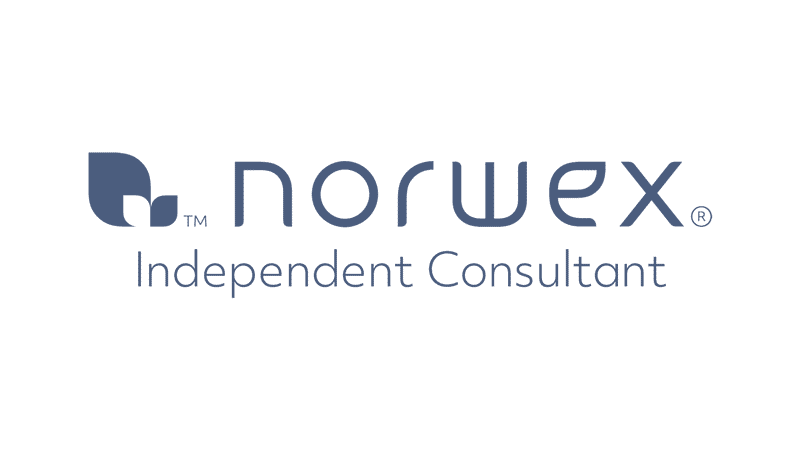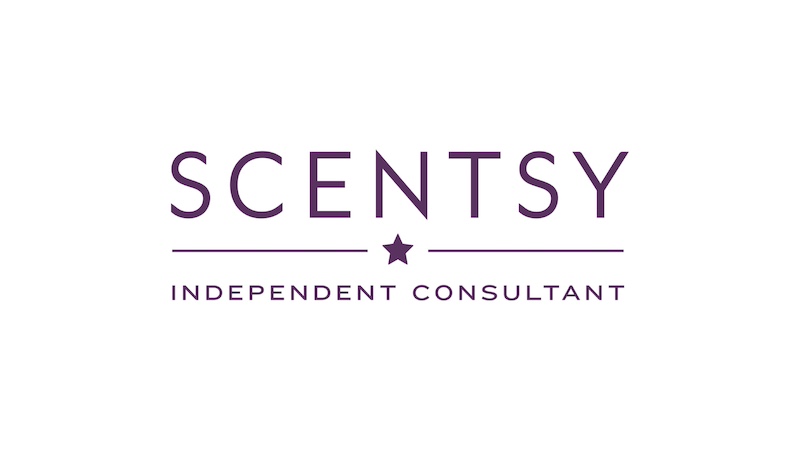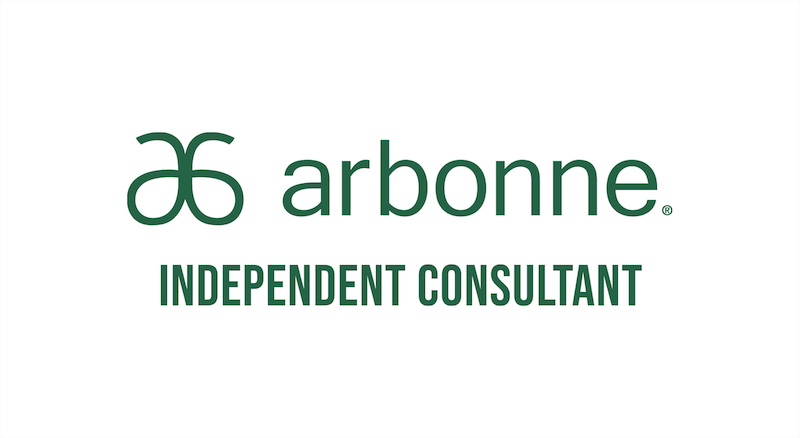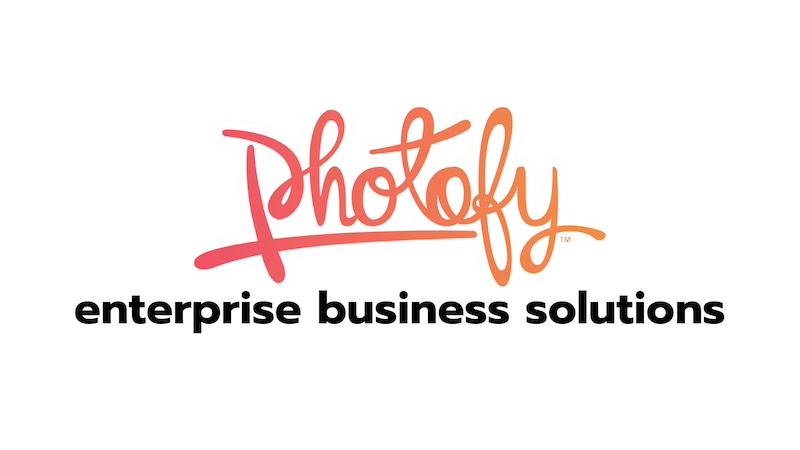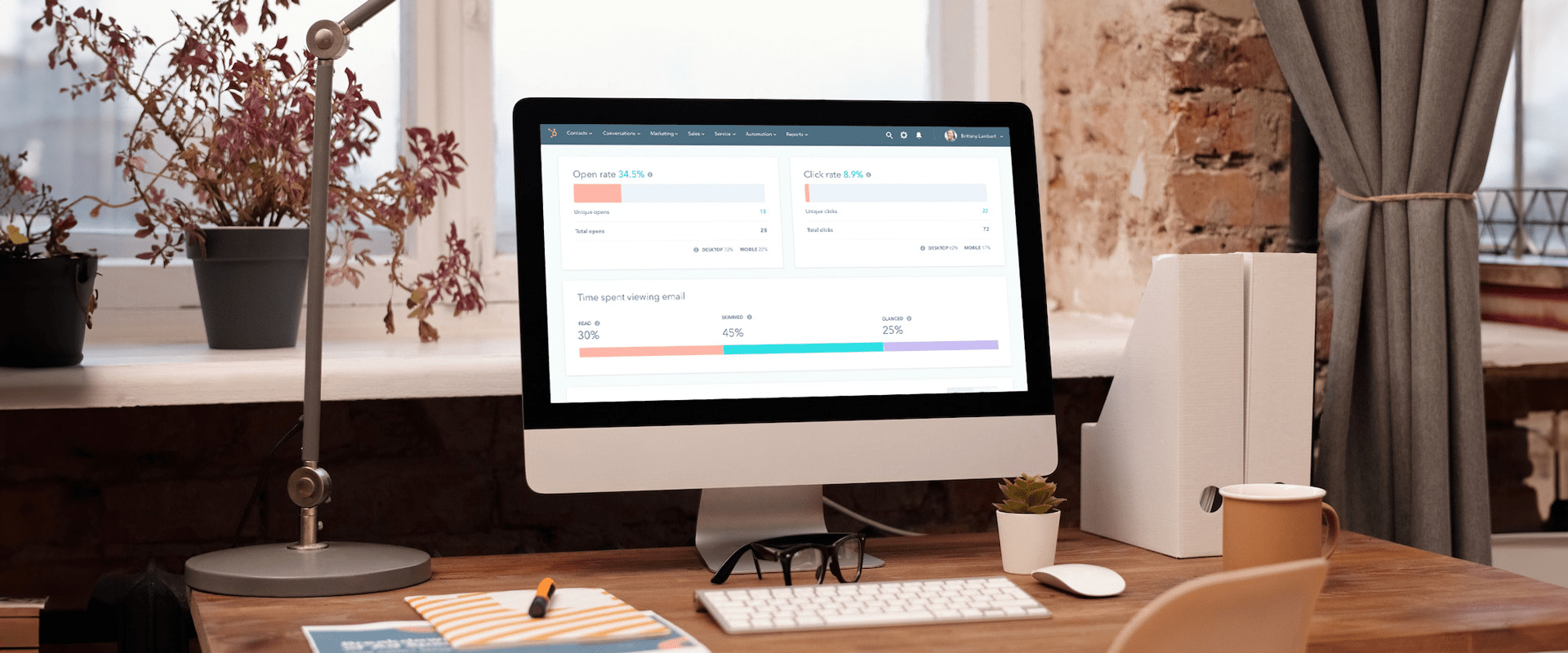
The Ultimate Guide to Direct Sales Follow-Up: Boosting Conversions and Customer Relationships
Welcome to the ultimate guide on mastering the art of direct sales follow up, where we delve into the intricacies of effective sales followup and the implementation of a robust follow up system. In today’s fast-paced business landscape, the ability to engage with potential customers and nurture leads through personalized follow-up strategies is crucial for sales success. In this comprehensive article, we will explore the science and strategies behind direct sales follow-up, providing valuable insights and actionable tips to help you outrank competitors and build lasting customer relationships. Whether you are new to the world of sales or a seasoned professional, our guide will equip you with the tools to elevate your follow-up game and achieve remarkable results in the realm of direct sales. Let’s embark on this journey to optimize your follow-up process and drive conversion rates to new heights.
The Science of Effective Sales Follow-Up
In the fast-paced world of sales, mastering the science of follow-up can be the difference between closing deals and losing opportunities. Effective follow-up techniques are essential for nurturing leads, building strong customer relationships, and ultimately boosting sales conversion rates. In this section, we’ll explore three critical aspects that contribute to the success of sales follow-up: timing, personalization, and leveraging multiple channels.
Timing Matters: The Importance of Prompt Follow-Up
Time is of the essence when it comes to follow-up. Studies have shown that the chances of converting a lead into a customer dramatically decrease as time passes. Prompt follow-up demonstrates your commitment to potential customers and keeps your product or service fresh in their minds.
Key points to consider for timely follow-up:
- Automated Responses: Utilize automation tools to send instant responses to inquiries, acknowledging receipt and letting customers know when to expect a more detailed follow-up.
- Set Response Time Standards: Establish internal response time standards to ensure that leads are contacted within a specific timeframe. This proactive approach showcases professionalism and dedication to customer needs.
- Real-Time Alerts: Implement real-time alerts for sales representatives when a lead takes significant actions, such as visiting the website or downloading resources. These alerts ensure that the sales team can act promptly and engage with the lead while they’re still interested.
Personalization: Crafting Tailored Messages for Better Engagement
In today’s market, customers expect personalized communication. Generic, one-size-fits-all messages are no longer sufficient. Personalized follow-up shows that you understand the prospect’s specific needs and challenges, making them more likely to engage with your communication.
Key points to consider for personalized follow-up:
- Segmentation: Divide your leads into distinct groups based on demographics, behavior, or preferences. This allows you to create personalized messages that resonate with each segment.
- Use Customer Data: Leverage the data you have on your leads to craft tailored messages. Address them by name and refer to their previous interactions or purchases to show that you value their relationship with your brand.
- Customized Content: Provide relevant content that aligns with the lead’s interests and pain points. Whether it’s a blog post, eBook, or video, tailored content keeps the conversation meaningful and engaging.
Leveraging Multiple Channels: Emails, Calls, and More
Effective follow-up isn’t limited to just one communication channel. Diversifying your follow-up efforts across various platforms allows you to reach leads through their preferred method of communication, increasing the chances of getting a response.
Key points to consider for multi-channel follow-up:
- Emails: Email remains a popular and effective way to follow up with leads. Craft compelling subject lines and content to capture their attention and encourage them to take action.
- Phone Calls: Personalized phone calls can be powerful for building rapport and addressing specific concerns. Prioritize warm leads and avoid excessive cold-calling to maintain a positive brand image.
- Social Media: Engage with your leads on social media platforms they frequent. Respond to comments and direct messages promptly to show that you’re attentive and value their engagement.
- Live Chat: Implementing a live chat feature on your website allows you to assist visitors in real-time and provide immediate follow-up on their inquiries.
By understanding the importance of promptness, personalization, and utilizing multiple channels, you can optimize your sales follow-up approach and significantly improve conversion rates. Successful follow-up requires a blend of science and art, using data-driven insights and thoughtful communication to create meaningful connections with potential customers.
Building a Strong Follow-Up Foundation
To achieve success in sales follow-up, it is essential to lay a strong foundation that aligns with your target audience and business objectives. In this section, we’ll delve into two critical elements that contribute to building an effective follow-up strategy: Understanding Your Target Audience and Setting Clear Goals.
Understanding Your Target Audience and Their Needs
Before diving into your follow-up strategy, take the time to understand your target audience thoroughly. Knowing their preferences, pain points, and buying behavior will help you tailor your follow-up messages in a way that resonates with them and builds trust.
Key steps to understand your target audience:
- Market Research: Conduct comprehensive market research to identify your target demographics, their interests, and their challenges. Understanding your audience’s preferences will enable you to craft personalized follow-up messages.
- Buyer Personas: Create detailed buyer personas representing different segments of your target audience. These personas should include information such as age, location, job role, and pain points, enabling you to address their specific needs.
- Feedback and Surveys: Gather feedback from existing customers and conduct surveys to learn more about their experience with your brand. Use this feedback to improve your follow-up process and address any shortcomings.
- Social Listening: Monitor social media platforms and online communities to gauge sentiment around your brand and products. This will provide insights into what your audience is saying about your offerings and help you tailor your follow-up accordingly.
Setting Clear Goals for Your Follow-Up Strategy
Having a well-defined set of goals is crucial for a successful follow-up strategy. Establishing clear objectives will guide your follow-up efforts and ensure that you’re on the right track to achieving the desired outcomes.
Steps to set clear follow-up goals:
- Define Conversion Metrics: Identify key performance indicators (KPIs) that align with your overall sales objectives. These may include conversion rates, lead-to-customer ratios, and revenue generated through follow-up efforts.
- Establish Follow-Up Timeframes: Determine the ideal follow-up timeframes for different types of leads. For instance, leads generated from specific marketing campaigns may require more immediate follow-up compared to general inquiries.
- Segmentation Goals: Set goals for segmenting your audience based on various criteria. For example, you might aim to categorize leads based on their level of interest or the stage they are at in the sales funnel.
- Nurture Goals: Define your nurturing goals, such as the number of touchpoints required to move a lead closer to conversion. This will ensure that your follow-up process includes a balanced mix of informative and persuasive content.
- Customer Retention: If applicable, include goals related to customer retention and loyalty. Follow-up efforts shouldn’t end once a sale is made; nurturing existing customers can lead to repeat business and referrals.
Setting clear and measurable goals will not only keep your follow-up strategy focused but also allow you to track its effectiveness and make necessary adjustments along the way. By understanding your target audience and aligning your objectives with their needs, you can build a follow-up foundation that is both effective and customer-centric. Remember that successful follow-up is an ongoing process, and continuous refinement based on data and customer feedback will lead to improved results over time.
Implementing a Winning Follow-Up System
A successful follow-up system can make a significant difference in your sales efforts, turning leads into loyal customers. In this section, we will explore two crucial components of a winning follow-up system: Tailoring Follow-Up Messages and Utilizing Data-Driven Insights.
Tailoring Follow-Up Messages for Maximum Impact
One size does not fit all when it comes to follow-up messages. Tailoring your communication to match the needs and preferences of your leads can greatly impact their engagement and conversion rates. Let’s delve into some key strategies for crafting personalized follow-up messages:
Segmenting Your Audience:
- Divide your leads into distinct segments based on demographics, behavior, or engagement level.
- Tailor follow-up messages to address the unique pain points and interests of each segment.
Addressing Specific Interactions:
- Refer to specific interactions or actions the lead has taken, such as attending a webinar or downloading an eBook.
- Use this information to create personalized follow-up messages that relate to their previous engagement.
Empathy and Personalization:
- Show genuine empathy towards the lead’s challenges and needs.
- Use their name in the salutation and throughout the message to create a sense of personal connection.
Providing Value:
- Offer valuable insights or resources that align with the lead’s interests.
- Share relevant blog posts, case studies, or whitepapers that demonstrate your expertise and willingness to help.
Clear Call-to-Action:
- Include a clear and compelling call-to-action (CTA) that guides the lead to the next step in the sales process.
- Make it easy for them to take action, whether it’s scheduling a demo, requesting more information, or making a purchase.
Remember that personalized follow-up messages show that you value your leads as individuals and not just as potential sales. This level of personalization can significantly increase their engagement and trust in your brand.
Utilizing Data-Driven Insights for Continuous Improvement
Data is a powerful tool in optimizing your follow-up system for better results. By leveraging data-driven insights, you can continuously refine your follow-up strategy and adapt to changing customer behavior. Here’s how to make the most of data in your follow-up process:
Analyzing Response Rates:
- Monitor the response rates for different follow-up messages and channels.
- Identify which messages resonate most with your leads and adjust your strategy accordingly.
Tracking Conversion Rates:
- Measure the conversion rates at each stage of the follow-up process.
- Identify potential bottlenecks or areas for improvement in the customer journey.
A/B Testing:
- Conduct A/B tests with different follow-up approaches to determine which ones yield the best results.
- Test variables such as subject lines, content length, and CTAs to optimize your messages.
Customer Feedback:
- Gather feedback from leads and customers about their follow-up experience.
- Use this feedback to address pain points and make necessary improvements to your follow-up process.
Integration with CRM and Automation Tools:
- Integrate your follow-up system with Customer Relationship Management (CRM) and automation tools.
- This integration streamlines data collection and analysis, allowing for more informed decision-making.
By embracing data-driven insights, you can continuously enhance your follow-up system and ensure that it remains effective in a dynamic market. Regularly reviewing and adapting your strategy based on data will lead to improved engagement, conversion rates, and overall sales success.
In conclusion, implementing a winning follow-up system requires tailoring messages for maximum impact and utilizing data-driven insights for continuous improvement. By combining personalized communication with data-driven optimization, you can create a follow-up process that builds strong customer relationships and maximizes sales opportunities. Remember to stay agile and adaptive, as customer preferences and market dynamics may change over time.
Top Tools and Technologies for Streamlining Follow-Up Efforts
Streamlining your follow-up efforts is essential for maintaining efficiency and delivering a seamless experience to your leads and customers. In this section, we’ll explore two powerful categories of tools and technologies that can enhance your follow-up process: Automation and CRM Solutions and Email Tracking and Analytics.
Exploring Automation and CRM Solutions for Enhanced Efficiency
What is Automation in Follow-Up?
Automation involves using software and tools to automate repetitive tasks in your follow-up process, saving time and ensuring consistency in your communication. Customer Relationship Management (CRM) systems, in combination with automation tools, offer a comprehensive solution for managing your leads and optimizing your follow-up efforts.
Benefits of Automation and CRM Solutions:
- Time-Saving: Automating repetitive tasks frees up your team’s time, allowing them to focus on more high-value activities, such as engaging with leads and closing deals.
- Consistent Follow-Up: Automation ensures that every lead receives timely and consistent follow-up, reducing the chances of leads slipping through the cracks.
- Data Centralization: CRM systems centralize customer data, making it easier to access relevant information during follow-up interactions.
- Personalization at Scale: Automation tools can be used to personalize follow-up messages based on lead behavior and interactions, creating a more tailored experience.
Key Features to Look for in Automation and CRM Solutions:
- Lead Management: Efficiently track and manage leads throughout the sales funnel, from initial contact to closing the deal.
- Automated Email Sequences: Set up automated email sequences that deliver relevant content and follow-up messages at predetermined intervals.
- Task Automation: Automate tasks such as sending follow-up reminders, scheduling appointments, and updating lead status.
- Analytics and Reporting: Gain insights into the performance of your follow-up efforts through analytics and reporting features.
- Integration Capabilities: Ensure that the CRM and automation tools integrate with your existing tech stack, facilitating seamless data exchange.
Popular automation and CRM solutions include HubSpot, Zoho CRM, and Pipedrive. When choosing a solution, consider your specific business needs, the size of your organization, and the level of automation required.
Email Tracking and Analytics: Measuring Follow-Up Effectiveness
The Power of Email Tracking
Email remains a primary communication channel for follow-up, making email tracking and analytics vital for understanding how your messages are performing. Email tracking tools provide valuable insights into email engagement, enabling you to refine your approach for maximum effectiveness.
Benefits of Email Tracking and Analytics:
- Open Rate Analysis: Track how many recipients opened your emails, allowing you to gauge the success of your subject lines and sender names.
- Click-Through Rates: Measure the number of recipients who clicked on links within your emails, providing insight into the relevance and effectiveness of your content.
- Delivery and Bounce Rates: Monitor the success of email delivery and identify any issues that may affect your follow-up process.
- Engagement Timing: Identify the best times and days to send follow-up emails based on when your audience is most active.
Key Metrics to Focus on in Email Tracking:
- Open Rate: The percentage of emails opened by recipients.
- Click-Through Rate (CTR): The percentage of recipients who clicked on at least one link within the email.
- Bounce Rate: The percentage of emails that were not successfully delivered.
- Conversion Rate: The percentage of recipients who completed the desired action after receiving the email (e.g., making a purchase or signing up for a webinar).
- Unsubscribe Rate: The percentage of recipients who chose to unsubscribe from your emails.
Utilizing Insights for Continuous Improvement
By regularly analyzing email tracking data, you can gain valuable insights into the performance of your follow-up messages. Use this data to fine-tune your approach, experiment with different subject lines and content, and optimize the timing of your follow-up communications.
In conclusion, leveraging automation and CRM solutions, along with email tracking and analytics, can significantly enhance your follow-up process. These tools provide efficiency, consistency, and valuable insights to optimize your follow-up efforts for better engagement, conversion rates, and overall sales success. Remember that technology is a powerful enabler, but human touch and personalization remain key to building lasting customer relationships.
How Photofy Can Help
Photofy is a powerful tool that can greatly enhance the effectiveness of your direct sales follow-up efforts. With its user-friendly interface and extensive features, Photofy enables you to create visually appealing and personalized follow-up content, whether it’s for emails, social media posts, or virtual events. By leveraging Photofy, you can easily customize follow-up messages with your brand’s unique style, making a lasting impression on prospects and customers alike. Additionally, Photofy’s integration with various communication platforms allows for seamless distribution of follow-up content, ensuring that your messages reach the right audience at the right time. With Photofy, you can elevate your follow-up strategy and strengthen customer relationships, making it an invaluable asset in the context of this article.
Photofy has established successful partnerships with renowned brands. Explore our collaboration with these industry leaders by clicking on their logos to begin your Photofy plan. Additionally, discover how our enterprise solutions can cater to the specific needs of your direct sales brand, empowering you to take your follow-up strategies to new heights.
Mastering the Art of Direct Sales Follow-Up in Changing Times
In today’s dynamic business landscape, mastering the art of direct sales follow-up requires adaptability and a customer-centric approach. As sales processes continue to evolve, it’s essential to stay ahead of the curve and tailor follow-up strategies to meet the changing needs and preferences of customers. In this section, we’ll explore two critical aspects of mastering direct sales follow-up in changing times: Adapting Follow-Up Strategies for Virtual Sales Environments and Nurturing Long-Term Customer Relationships through Follow-Up.
Adapting Follow-Up Strategies for Virtual Sales Environments
The rise of virtual interactions and remote work has transformed the way businesses engage with their prospects and customers. Adapting follow-up strategies to accommodate virtual sales environments is crucial for staying connected and making meaningful connections. Here are some strategies to consider:
Embrace Virtual Communication Tools:
- Utilize video conferencing platforms for face-to-face interactions with prospects, replicating the in-person experience.
- Leverage chat and messaging apps to provide real-time support and quick follow-up responses.
Optimize Email Follow-Up:
- Craft compelling email subject lines to capture attention and encourage opens.
- Create visually appealing emails that are mobile-friendly for a seamless reading experience.
Interactive Virtual Events:
- Host webinars, virtual workshops, and live demos to engage prospects and deliver valuable content.
- Follow up with participants after virtual events to nurture leads and address any inquiries.
Personalization in Virtual Follow-Up:
- Gather data on prospect behavior during virtual interactions and use it to tailor follow-up messages.
- Address specific pain points discussed during virtual meetings to show attentiveness and understanding.
Virtual Product Demos:
- Offer virtual product demonstrations to showcase the value and benefits of your offerings.
- Follow up with personalized messages and additional resources based on the prospect’s interest.
Nurturing Long-Term Customer Relationships through Follow-Up
While securing new customers is essential, nurturing long-term relationships with existing customers is equally critical for sustained business growth. Follow-up doesn’t end with the initial sale; it’s an ongoing process to foster loyalty and drive repeat business. Here are some strategies for nurturing long-term customer relationships through follow-up:
Post-Purchase Follow-Up:
- Reach out to customers after a purchase to express gratitude and ensure their satisfaction.
- Provide additional resources, such as product guides or tutorials, to help customers maximize their purchase.
Personalized Communication:
- Segment customers based on their preferences, purchase history, and engagement level.
- Tailor follow-up messages to provide relevant offers, discounts, or recommendations.
Customer Feedback and Surveys:
- Conduct regular customer feedback surveys to gather insights and understand their evolving needs.
- Use feedback to improve your products, services, and overall customer experience.
Exclusive Offers and Loyalty Programs:
- Reward loyal customers with exclusive offers, discounts, or access to new products or services.
- Implement a loyalty program to incentivize repeat purchases and referrals.
Proactive Support and Upselling Opportunities:
- Anticipate customer needs and provide proactive support when issues arise.
- Identify upselling opportunities and suggest relevant products or services based on the customer’s history.
By focusing on building lasting customer relationships through follow-up, businesses can create a loyal customer base that advocates for their brand and contributes to long-term success.
In conclusion, mastering the art of direct sales follow-up in changing times requires flexibility, personalized communication, and a focus on nurturing both prospects and existing customers. Embracing virtual communication tools and adapting strategies to virtual sales environments allows businesses to stay connected with customers, while a customer-centric approach to follow-up fosters loyalty and drives repeat business. By continuously evolving and tailoring follow-up efforts, businesses can navigate changing times and achieve sustainable growth in a competitive marketplace.
Give Yourself a Raise by Implementing a Follow Up System Today
In conclusion, mastering the art of direct sales follow-up is a pivotal aspect of achieving success in today’s competitive business landscape. By understanding the significance of promptness, personalization, and leveraging multiple communication channels, you can optimize your follow-up strategies for maximum impact. Embracing a customer-centric approach and utilizing data-driven insights will enable continuous improvement, empowering you to adapt to changing times and meet evolving customer needs. Additionally, integrating top tools and technologies like automation, CRM solutions, and email tracking will streamline your follow-up process and enhance its efficiency. As you nurture long-term customer relationships and adapt to virtual sales environments, remember that each follow-up interaction is an opportunity to build trust and strengthen your brand’s position in the market. With the knowledge gained from this guide, you are equipped to elevate your direct sales follow-up and pave the way for sustainable growth and outstanding sales performance.
Frequently asked questions
How Soon Should You Follow Up After Initial Contact?
The timing of follow-up after an initial contact is crucial to maintaining momentum and engagement with potential customers. In general, it is best to follow up within 24 to 48 hours of the initial interaction. This prompt response demonstrates your attentiveness and dedication to meeting the prospect's needs. However, keep in mind that the context of the initial contact may influence the timing. If the prospect has expressed an urgent need or shown high interest, consider reaching out even sooner. Conversely, if the initial interaction was more casual, waiting a day or two may be appropriate to avoid appearing too pushy.
What Are the Best Practices for Crafting Follow-Up Emails?
Crafting effective follow-up emails requires a balance of personalization, value, and clear calls-to-action. Here are some best practices to keep in mind:
- Personalization: Address the recipient by name and reference specific details from your previous interaction to show that the email is tailored to them.
- Clear Subject Line: Create a compelling subject line that entices the recipient to open the email.
- Value-Driven Content: Provide valuable information, resources, or solutions that align with the prospect's needs and interests.
- Concise and Engaging: Keep the email concise and easy to read, using bullet points or short paragraphs.
- Clear CTA: Include a clear call-to-action that directs the recipient to the next step, whether it's scheduling a meeting or accessing additional resources.
- Professional Tone: Maintain a professional tone while being friendly and approachable.
How Can Automation Tools Enhance Your Follow-Up Process?
Automation tools play a vital role in enhancing the efficiency and consistency of your follow-up process. Here's how they can help:
Timely Responses: Automation tools can send instant responses to initial inquiries, ensuring prospects receive immediate acknowledgement and information.
Automated Sequences: Set up follow-up email sequences at predetermined intervals to nurture leads systematically.
Task Reminders: Automate reminders for follow-up tasks, ensuring that no opportunities are overlooked or forgotten.
Personalization: Use automation to personalize messages based on prospect behavior, making the communication more relevant and engaging.
Improved Tracking: Automation tools provide valuable insights into email open rates, click-through rates, and overall follow-up performance, helping you optimize your approach.
How to Handle Follow-Up During Different Stages of the Sales Funnel?
Follow-up strategies should be tailored to align with the different stages of the sales funnel:
Initial Contact: After the first interaction, promptly follow up with a thank-you email and any additional information or resources promised.
Lead Nurturing: For leads showing interest but not yet ready to purchase, provide valuable content, personalized recommendations, and occasional check-ins to build trust and engagement.
Engagement: For engaged leads who have shown continued interest, offer more in-depth content, webinars, or product demonstrations to further nurture their consideration.
Decision-Making: For leads in the decision-making stage, provide case studies, testimonials, and special offers to encourage them to take the next step toward a purchase.
Conversion: After a successful sale, continue to follow up to ensure customer satisfaction, address any concerns, and explore opportunities for upselling or referrals.
By understanding the nuances of each sales funnel stage, you can tailor your follow-up efforts to meet the needs of prospects and customers, ultimately increasing your chances of converting leads into loyal clients.

